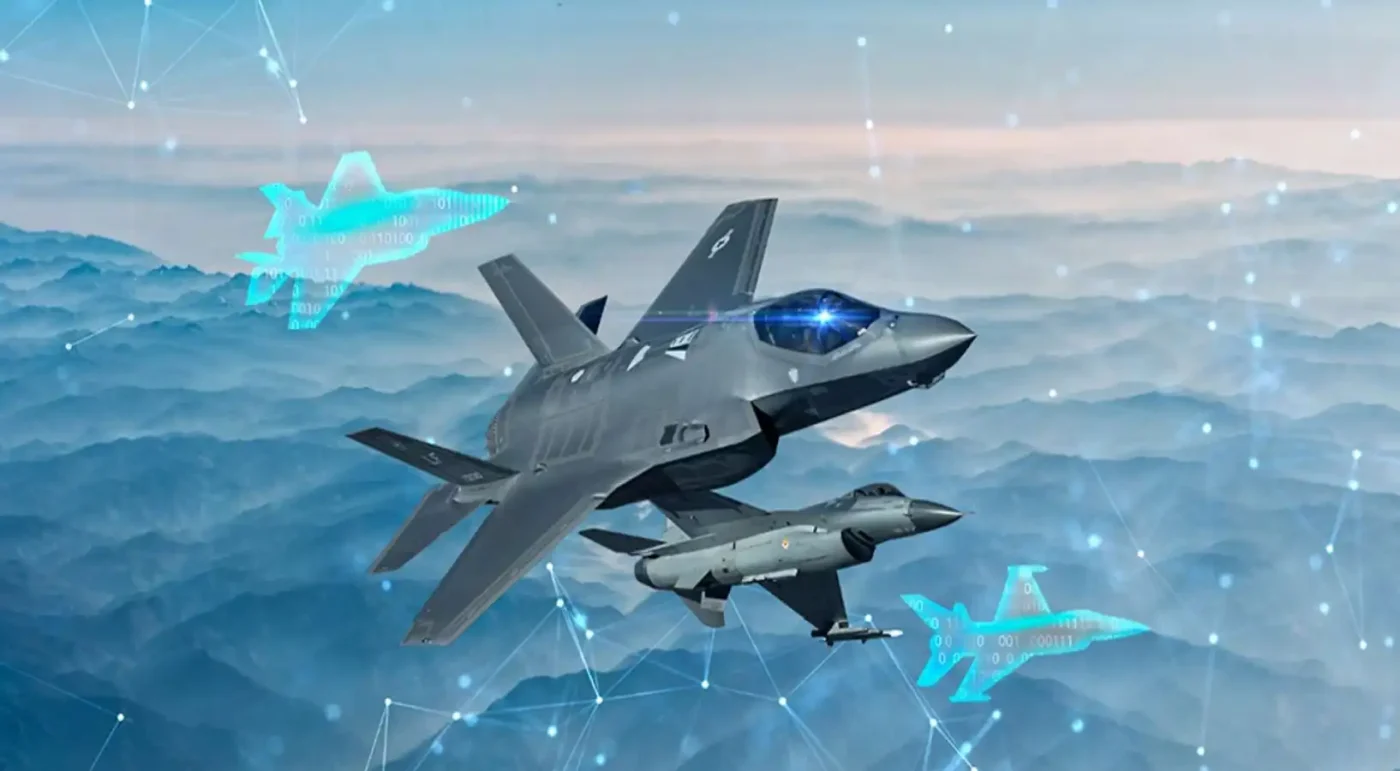In a move that could reshape the Philippines’ defense landscape, US-based aerospace giant Lockheed Martin has proposed establishing a local innovation hub, a development that promises to bolster the country’s nascent defense industry. Announced amid rising tensions in the South China Sea, the offer comes with significant strings attached, including a multi-billion-dollar deal for advanced fighter jets, as the Marcos administration seeks to fortify its military capabilities against external threats.
A Strategic Partnership with High Stakes
The proposal from Lockheed Martin, a global leader in security and aerospace, involves setting up a facility akin to its Center for Innovation and Security Solutions in Abu Dhabi. Jess Koloini, director of business development at Lockheed Martin’s Integrated Fighter Group, outlined the vision during a recent visit to the Philippines. “It’s really meant to be a facility that brings together leaders from Philippine academia, leaders from technical institutions in the Philippines, with worldwide leaders from Lockheed Martin and other US institutions to do joint research and development” she said.
The hub would not only foster collaboration but also offer scholarships for aerospace engineering, education, and training programs. This knowledge transfer is seen as a critical step toward building a skilled workforce capable of supporting a domestic defense sector. However, the initiative is contingent on the Philippines acquiring 20 F-16 Block 70 multi-role aircraft, a deal valued at $5.58 billion under the US Foreign Military Sales mechanism. This acquisition is framed as a timely response to China’s assertive posture in the South China Sea, a region vital to global trade and increasingly fraught with geopolitical friction.
Geopolitical Context and Regional Rivalries
The timing of Lockheed Martin’s offer aligns with heightened concerns over territorial disputes in the West Philippine Sea, an area within the broader South China Sea where the Philippines has overlapping claims with China. US Defense Secretary Pete Hegseth, in one of his first overseas visits under the second Trump administration, emphasized Washington’s commitment to “reestablishing deterrence in the Indo-Pacific” during a recent trip to Manila. His remarks underscored the strategic importance of supporting allies like the Philippines in countering China’s expansive maritime claims, which have escalated tensions across the region.
The F-16s, if acquired, would compete with offerings from other international players, including Sweden’s Saab with its Jas-39 Gripen and South Korea’s Korea Aerospace Industries with the KF-21. These proposals are evaluated under the Philippines’ “Comprehensive Archipelagic Defense Concept,” a framework aimed at enhancing the country’s ability to protect its vast maritime territory. Additionally, European defense firms such as Italy’s Fincantieri, Germany’s ThyssenKrupp Marine Systems, and Spain’s Navantia have put forward offers for next-generation submarines, each accompanied by promises of technology transfer. These multi-billion-dollar deals represent not just arms sales but opportunities to build long-term capacity within the Philippine military.
Domestic Ambitions and Legislative Support
The Lockheed Martin proposal dovetails with the Marcos administration’s broader push for a self-reliant defense posture. Last year, President Ferdinand Marcos Jr. signed Republic Act 12024, known as the Self-Reliant Defense Posture Revitalization Act, which aims to ramp up local production of defense assets and hardware. At the signing ceremony in October 2024, Marcos described the legislation as “a logical move forward for a country that finds itself at the fulcrum of geopolitical shifts and volatilities” highlighting the urgency of strengthening national security amid regional uncertainties.
While the goal of a robust domestic defense industry remains distant, the Philippines is leveraging partnerships with allies in the Asia-Pacific to accelerate modernization. The US, in particular, has repeatedly affirmed its “iron-clad” commitment to the Philippines’ defense, a pledge that gains weight with initiatives like the proposed innovation hub. Yet, analysts caution that reliance on foreign technology and expertise must be balanced with efforts to cultivate indigenous capabilities, ensuring the country is not perpetually dependent on external support.
Strategic Imperatives and Potential Risks
The urgency of bolstering defense capabilities is further amplified by regional dynamics, including the potential for conflict over Taiwan. Armed Forces Chief General Romeo Brawner has publicly expressed concerns that any confrontation between China and Taiwan could inevitably draw in the Philippines, given the significant Filipino diaspora in Taiwan and the country’s strategic location. While such a scenario remains speculative, with no immediate indications of escalation, it underscores the need for preparedness. If tensions were to flare, the Philippines’ current military capacity would be tested, highlighting the importance of investments in both hardware and human capital.
However, the Lockheed Martin deal and similar offers from other defense contractors carry risks. The $5.58 billion price tag for the F-16s, for instance, raises questions about fiscal sustainability, especially for a nation grappling with economic recovery post-pandemic. Critics may argue that such expenditures could divert resources from pressing domestic needs like infrastructure or social services. Moreover, tying the innovation hub to a specific arms purchase could limit the Philippines’ negotiating leverage with other suppliers, potentially locking the country into a long-term dependency on US technology.
Broader Implications for Defense Innovation
Beyond immediate military needs, the proposed innovation hub represents a rare opportunity to position the Philippines as a regional player in aerospace and defense technology. By fostering collaboration between local institutions and global leaders, the facility could lay the groundwork for advancements that extend beyond military applications, potentially benefiting civilian sectors like aviation and engineering. This dual-use potential adds another layer of significance to the project, aligning with broader national goals of technological progress and economic diversification.
Yet, the success of such an initiative hinges on execution. Establishing a hub requires not just funding but also a clear policy framework to ensure that knowledge transfer translates into tangible outcomes. Past attempts at technology partnerships in other countries have sometimes faltered due to mismatched expectations or bureaucratic hurdles, a pitfall the Philippines must avoid if it is to maximize the benefits of Lockheed Martin’s offer.
Looking Ahead: Balancing Alliances and Autonomy
As the Philippines weighs its options, the interplay between immediate security needs and long-term strategic goals remains a central challenge. The Marcos administration must navigate a complex landscape of international partnerships, ensuring that deals like the one proposed by Lockheed Martin enhance rather than undermine national sovereignty. The promise of an innovation hub and advanced military hardware is enticing, but it must be matched by a commitment to building a defense sector that the country can call its own.
In the volatile waters of the South China Sea, where geopolitical currents shift unpredictably, the Philippines stands at a crossroads. Strengthening its military through foreign collaboration offers a path to greater security, but the ultimate test will be whether it can forge a future where self-reliance, not just alliance, defines its defense posture. As discussions around the Lockheed Martin proposal unfold, the stakes for the nation’s sovereignty and regional standing have rarely been higher.
















